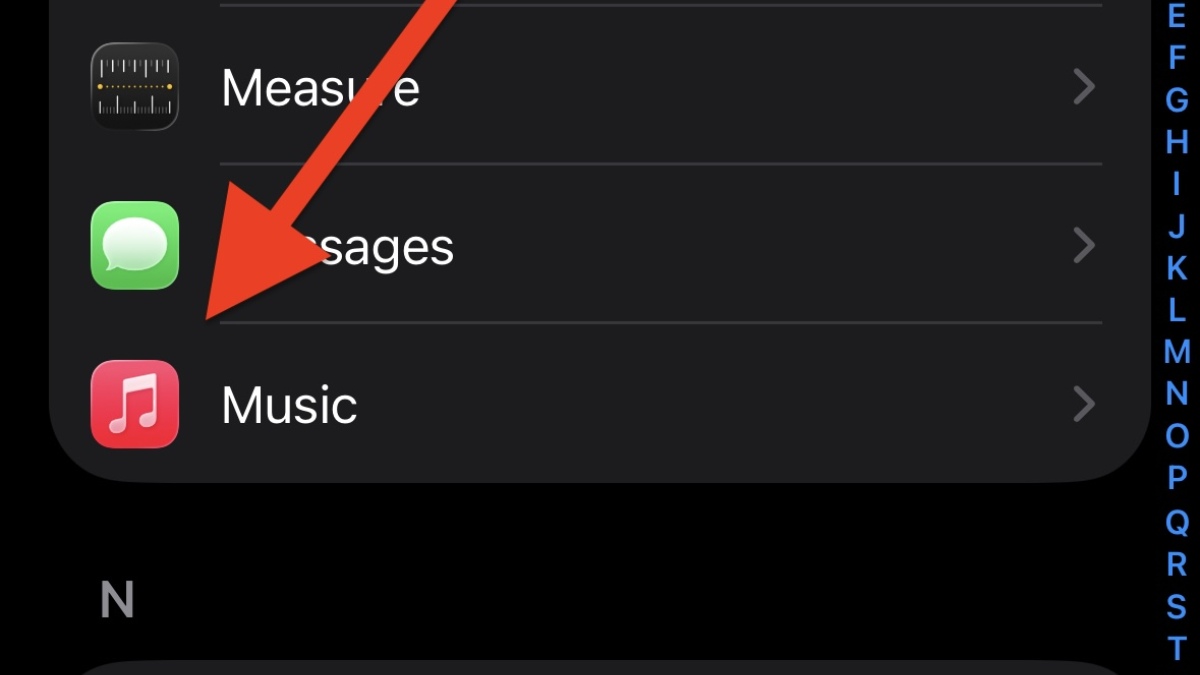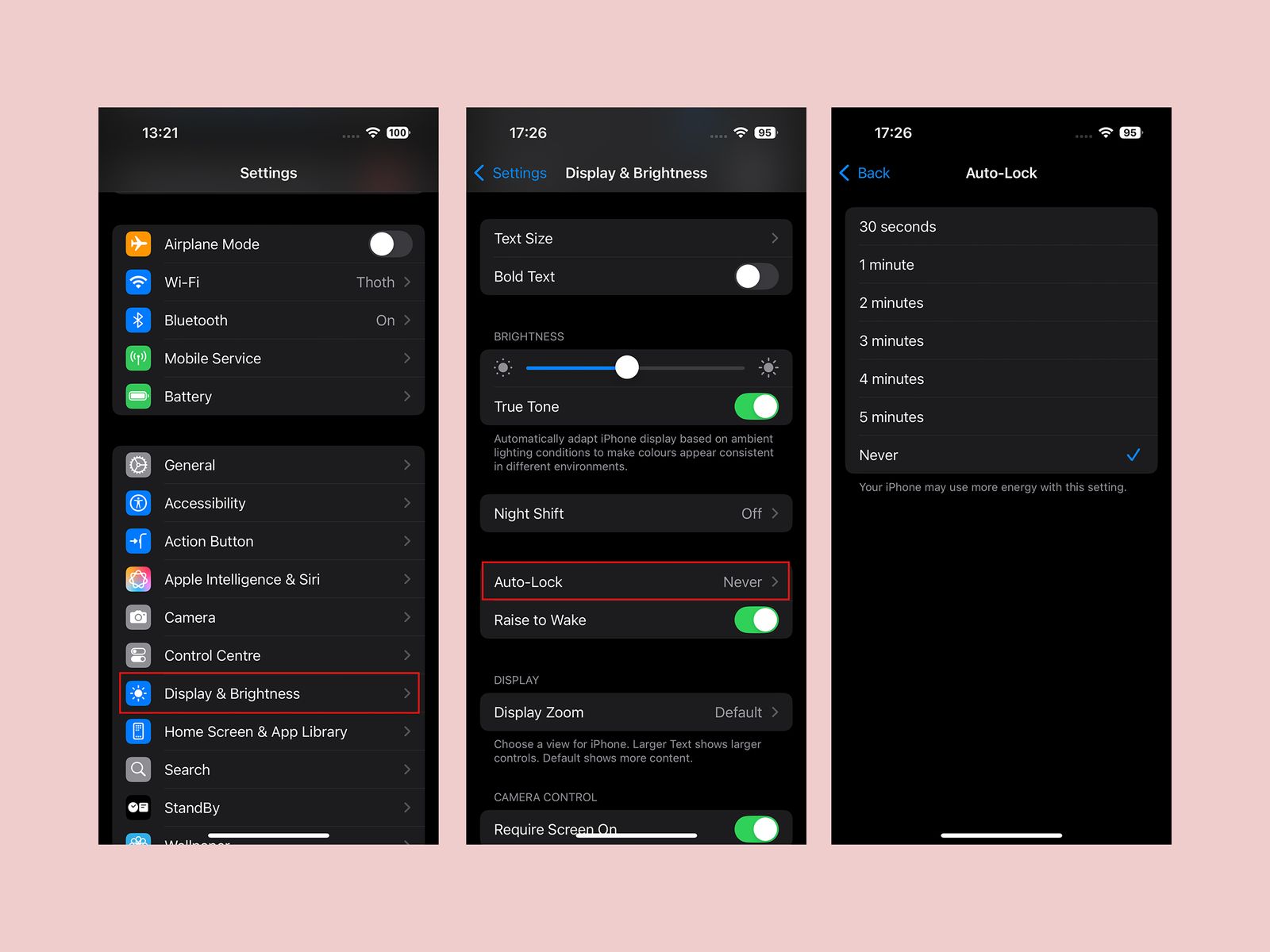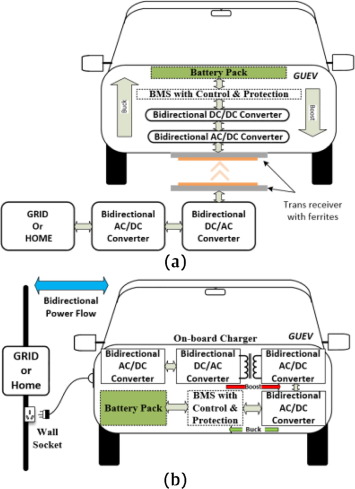Fitbit devices continue to sell well, so why not capitalize on the momentum with a smart ring?
The holiday season has arrived, and while most individuals are crafting wish lists brimming with gadgets, I have a singular request: Google, please bring us a Fitbit smart ring. We are aware that you will be unveiling new Fitbit hardware in 2026, but for my benefit, and for the millions of health-minded users who desire simplicity, elegance, and state-of-the-art tracking, please let that hardware be a smart ring.
The form factor aligns seamlessly with Fitbit’s identity: extended battery life, precise tracking, and ease of use. These are the foundations that established Fitbit as a household name. While smartwatches have transformed into feature-rich mini-computers, many consumers still desire a device that “just works” without the need for frequent charging or complex interfaces. A ring fulfills that promise.
Unlike a wristband or watch, a ring remains stationary on the finger, providing optimal conditions for heart rate and other biometric readings. Reduced movement equates to more accurate measurements, a crucial differentiator in a market where accuracy is key. Rings also feel less obtrusive, integrating effortlessly into everyday life. For the simplicity-seeking Fitbit user, this is a dream come true.
A premium opportunity in a K-shaped economy
Here’s the stark reality: Fitbit was once seen as a premium product, but today it predominantly targets the mid-market and budget-conscious consumers. This segment is under duress. As we approach 2026, macroeconomic indicators suggest a K-shaped recovery, where wealthy consumers keep spending while those on budgets are becoming more frugal. Your existing product range appeals to the latter group, which is a precarious gamble.
Smart rings, in contrast, achieve higher average selling prices (ASP). This is your opportunity to shift Fitbit upstream, restore its premium image, and tap into a market that is resilient and aspirational. Envision the consumer who sports a luxury watch yet still puts on an Oura Ring because health is important. Fitbit deserves a spot in that conversation.
Market insights
Take a look at the figures: Oura has distributed 5.5 million rings over its lifetime with virtually no serious competition. Ultrahuman? Approximately 1 million. Samsung? Less than 500,000. Meanwhile, Fitbit — despite aging technology — sold over 2 million devices in the first three quarters of 2025, as reported by IDC. At its peak, Fitbit was moving tens of millions annually. With Google’s reach, that level of scale is attainable once more — if you allow Fitbit to flourish.
And the trend is clear. Rings are gaining popularity in the U.S. health and fitness tracker market with an ASP exceeding $200.
Corporate wellness: Fitbit’s strategic advantage
Fitbit was a trailblazer in corporate wellness programs, collaborating with insurers and employers to weave health tracking into benefits packages. Oura has also leveraged this strategy, but Fitbit was the pioneer. A smart ring would enhance Fitbit’s potential to re-enter this lucrative arena, presenting a discreet, fashionable device that employees truly wish to wear.
Fashion meets purpose
Health technology is no longer solely about functionality; it’s about identity. Consumers showcase luxury watches and designer fashion, yet they still seek advanced health insights — that market is now catered to by brands like Oura and Whoop. However, a Fitbit ring bridges this divide, raising the brand into a space where style and wellness converge. If executed well, this product could comfortably reside alongside a Cartier bracelet or a Rolex watch.
XR: The concealed opportunity
The smart ring is not just a health tool; it represents the future of interaction. With Android XR glasses and headsets anticipated in 2026 and beyond, the ring form factor stands ready to become a subtle, intuitive input mechanism.
Recall Focals by North, one of Google’s own acquisitions? They employed a ring as a controller, and it was ingenious. Other brands have since mimicked this concept, validating its effectiveness. A Fitbit ring could serve dual purposes: health tracker and XR controller, making it invaluable in Google’s ecosystem.
Why Google cannot afford to miss this opportunity
Let’s face it: Google’s hardware initiatives have been inconsistent. Pixel phones are gaining momentum, but wearables continue to be dominated by Apple and Samsung. A Fitbit smart ring is not merely another product; it’s a declaration. It signals that Google comprehends the future direction of the market and is ready to lead, not follow.
And let’s not overlook that Valentine’s Day is approaching. What better occasion to captivate Fitbit enthusiasts than by launching a product that embodies a commitment to health and wellness? A ring is not just a device; it’s a declaration. Imagine the marketing potential: “Show your heart some love.” It almost writes itself.
Read More








